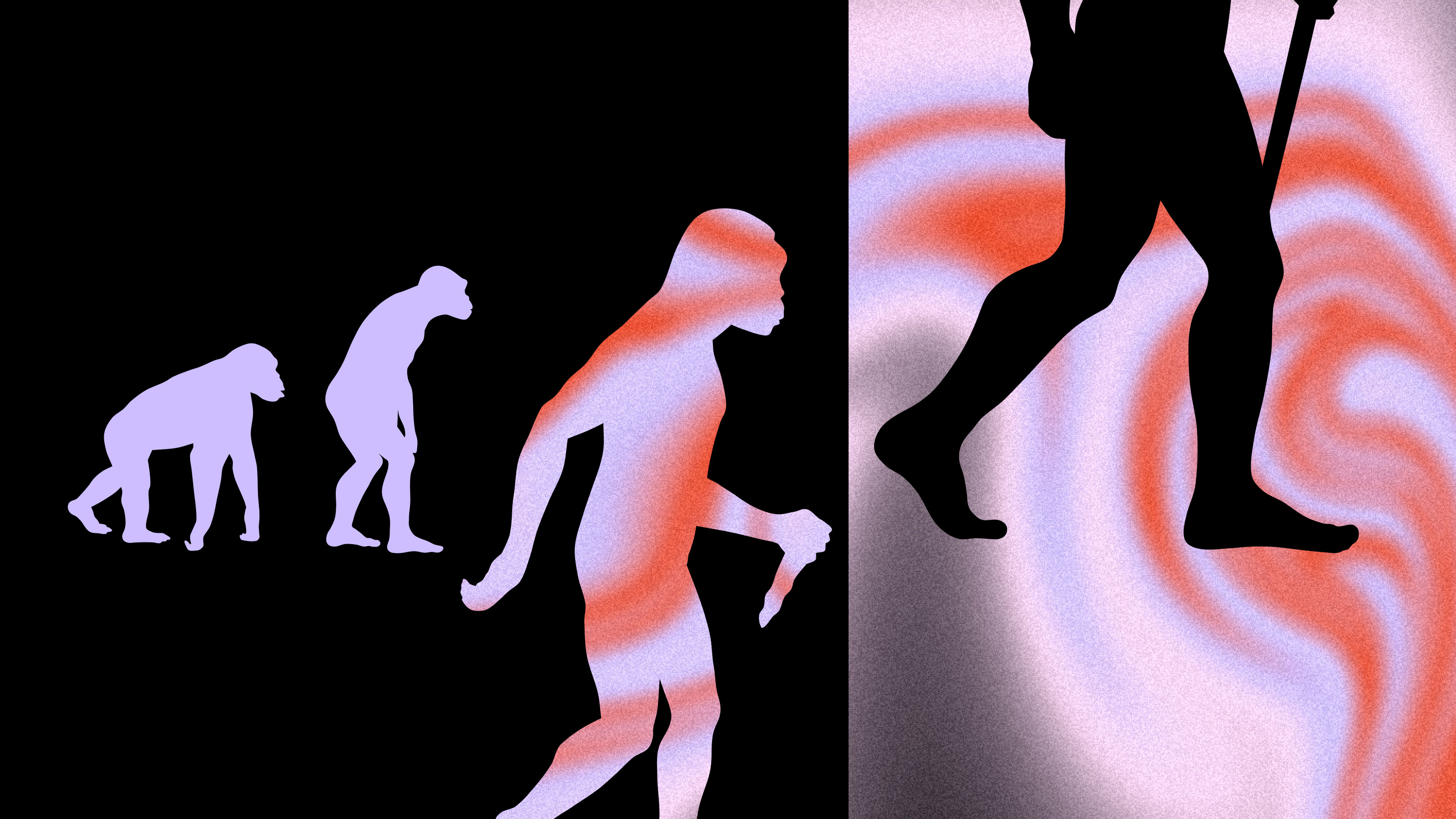More radical than Hamaas, bin Laden uses the conflict to the advantage of al-Qaeda.
Paul Cruickshank: The Israeli-Palestinian issue is very, very important when discussing the war on terrorism. It’s a key part of it. Now 9/11 happened and was planned at a time when you were having the Oslo Peace Process. You were having a real dynamic towards peace over there, and people often site that fact to say that Al Qaeda and terrorism have nothing to do with whatever happens in Israel and Palestine. But I don’t think that argument is a very well made one. It’s a very simplistic type of argument. Of course Israel and Palestine plays into the Al Qaeda equation, because it’s used by Al Qaeda again and again in the statements of bin Laden and …as . . . as one of the reasons for why, again, a war against the United States. As they’re claiming the United States is at league with Israel and the Jewish crusader plot to oppress and subjugate Muslims around the world. That’s the way they view this struggle. And they see whatever is going on in Palestine and whatever is going on in Israel as key to this. In recent statements, bin Laden has made a huge amount . . . Sorry. In recent statements bin Laden has made a very great . . . In recent statements bin Laden has really focused in on the Israeli-Palestinian issue. He said that that is . . . the aim of Al Qaeda is to gain control of part of Iraq and use that to then launch an attack to wipe out Israel. They disagree with Hamaas, which they feel is toying with the idea of some sort of agreement with the Israelis. They disagree with that entirely. They are absolutely unprepared to see any part of Israel exist. They wanna take Israel totally out of the equation. And they’re hammering this message home and trying to position themselves as the hawks on the Israeli-Palestinian issue, and trying to gain recruits by doing that; gaining recruits when people are angry about what’s going on in that country. So this is a very important issue for them moving forward.
Question: Is Israel-Palestine al-Qaeda’s informing motive?
Paul Cruickshank: I think it’s very central to their informing motive. Bin Laden has a lot of enemies. You know Al Qaeda had a lot of enemies. They had a lot of goals, but one of their key goals is the removal of Israel from the Middle East. Another one of their goals is the removal of all American influence from the Middle East; but Israel is seen as part of that American influence within the region. So for Al Qaeda, Israel is front and center here. I think there’s . . . I think some experts from time to time have said, well Israel and Palestine is not so important to Al Qaeda as an issue. I think that’s sort of wrong to say that. It’s a very important part of their motivation. It’s an important part of their rallying cry for recruits around the world. Certainly Al Qaeda has very little presence in the Palestinian territories. Hamaas, Islamic jihad, other groups very much dominate the scene now and not allowed Al Qaeda to have any real presence over there. And Hamaas, remember, has a very, very different ideology to Al Qaeda; a very different ideology. They come very much from the Muslim Brotherhood scene. The Muslim Brotherhood are mortal enemies of Al Qaeda, and Al Qaeda are mortal enemies of the Muslim Brotherhood because the Muslim Brotherhood is a political organization. They’re much more moderate, and it has really not very much time for the sort of really violent rhetoric that Al Qaeda indulges in. Obviously the Muslim Brotherhood views the conflict . . . the standoff in Israel and Palestine as a different matter; one where violence is justified against what they see as a foreign occupation. But the Muslim Brotherhood and Al Qaeda are very, very different. Hamaas and Al Qaeda have very, very different conclusions about attacking civilians around the world; attacking Americans. So Al Qaeda hasn’t really been able to ___________ itself into the Palestinian conflict. But it’s definitely used that conflict as a recruiting tool.
Recorded on: Jan 14 2008





